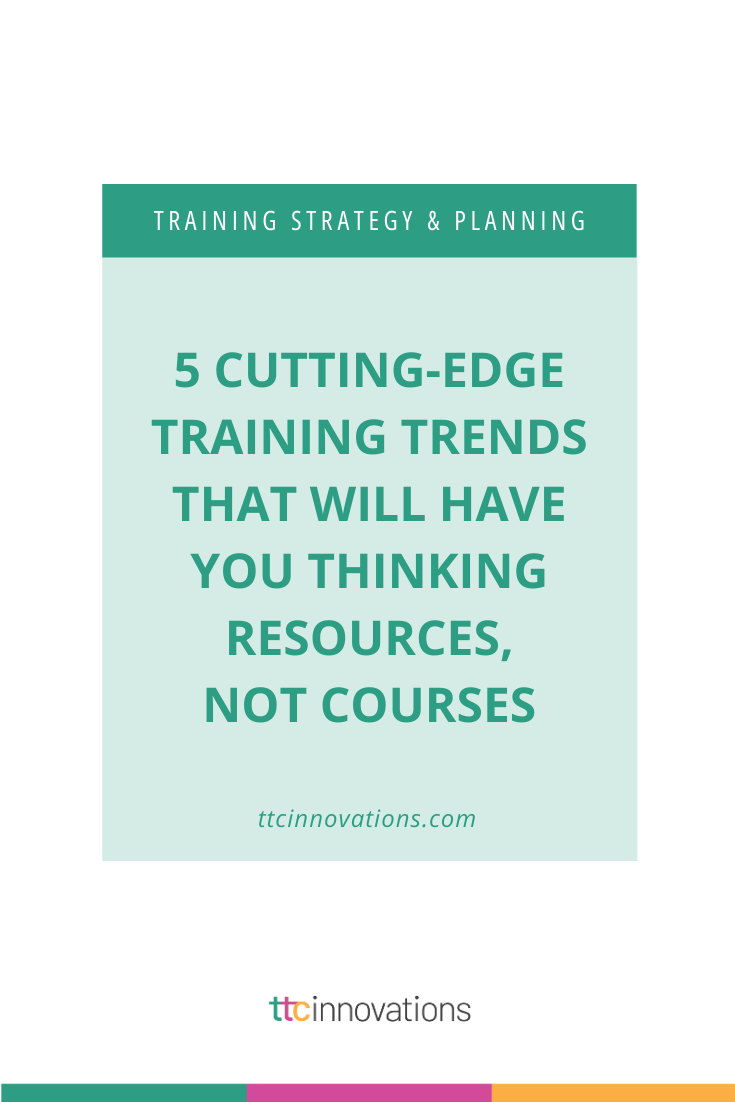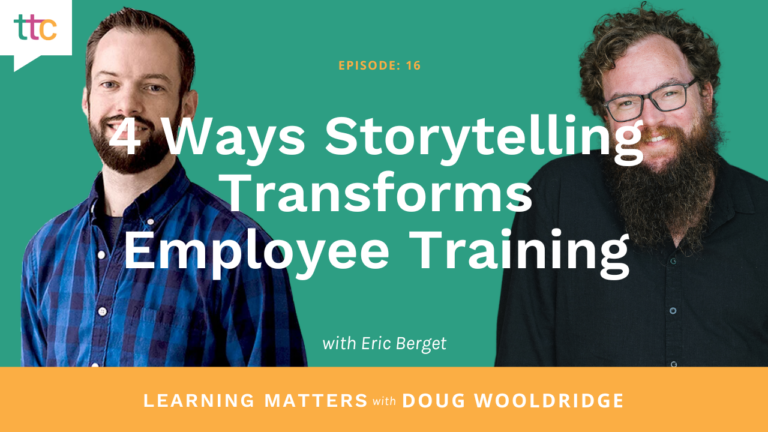The truth is, most of us are professional writers, whether we know it or not. You might not be writing the next Moby-Dick, but chances are pretty good that you spend a good deal of your workday writing. If you’re in learning and development, you spend time on everything from content development to training exercises to stakeholder updates – and that doesn’t even count the time we all spend writing emails. So, ask yourself: Are you using that time as efficiently and effectively as possible?
Professional writing is all about creating high-quality content quickly. If it takes two full days to write a 500-page article, you’ll need to find another line of work. Just think how much time you could put back into your day if you developed some writing techniques that would not only make your writing more effective, but would help you write faster.
The good news is that fast, high-impact writing is not as hard as it looks – if you follow a little writing advice. First, though, let’s talk about the process. Or, more accurately, my process!
Let’s assume I’ve been given three days to write a 500-word article on the three basic learning styles. (We’re talking auditory, visual, and kinesthetic here – I’ll need a few more words to write about the rest of them!) Here’s how it works for me:
Day One:


- Outline, organize, and gather sources. (30-45 minutes)
- Read over the outline a couple of times at the end of the day. (5 minutes)
- Write the first paragraph, and make notes on the outline for reminders. (30 minutes)
- Read over the first paragraph and outline at the end of the day. (5 minutes)
- Write the entire article in the morning. (1 hour)
- Review the article in the afternoon and send it to the client. (15 minutes)
Tip #1: Organize First
Everybody hates outlining until they sit down to write a first draft without organizing the information first. Take the time to outline, or at least to organize your thoughts on paper. In this stage, also seek out any documentation you’ll need, so it’ll be ready when you sit down to write the full piece. Even a simple email will go faster and be more effective if you get your thoughts together first. Outlining WILL save you time in the long run. I promise.Tip #2: About the Writing Process
This tip is really several tips:- Don’t multitask! Set the time aside to write, and don’t do anything else. If you allot the times I’ve described above, you’ll have time to complete the project. But NOT if you’re flipping to your email every five minutes.
- Don’t aim for perfection the first time. Most people spend time ruminating over just the right word or phrase, and it brings the process to a halt. Just get something on paper! The beauty of word processing is that it’s easy to change it later.
- Don’t try to do it all in one sitting. The process above doesn’t just save time – it makes your writing better. It allows your thoughts to gel, and you’ll have better ideas. I get most of my best ideas in the shower, and it’s because I review everything at the end of each day.”
- Don’t finish your thought if you’re interrupted. I know this one sounds counterintuitive. But I always try to leave off in the middle of a thought. When I come back, I can finish that thought, and I’ve already built some momentum.
Tip #3: Make It Readable
Readability is an often-overlooked element of good business writing. People are busy, and they won’t get through a gigantic block of text filled with five-dollar words. There are three basic points:- Get to the point! I see far too many emails and memos that have a paragraph of gobbledygook at the top before getting to the subject. Journalists call it “burying the lead” (often spelled “lede”), and it’s a plague on business writing. Keep your intro short and to the point.
- Use shorter words and phrases. Now is not the time to show off your massive vocabulary. Why say “utilize” when “use” will do? Why say “in order to” when “to” will do?
- Use white space and accents. White space is inviting. Accents – italics, bold, and underline – draw the reader’s attention.
- Be fully automated
- Require purchase orders
- Speed up the payment process
Tip #4: Make It Compelling
Think of it this way: Everything you write is a marketing piece. You probably wouldn’t be writing it if you didn’t want someone to do something, right? A few ideas:- Use active voice. Business writing is a sea of passive voice passages, and active voice will make your writing stand out. It’s the difference between, “A decision must be made” and, “We need to make a decision.” Check this link for more information.
- Use power words. It’s a simple fact that certain words have a strong psychological effect on the reader. Here’s my favorite power words list – I use it all the time.
- Use a thesaurus. Most mere mortals can’t come up with the right word right away every time. A thesaurus will help you keep from over-using words – and save you time ruminating in the bargain.
- Bookmark your writing help sites (like the ones above). I have a “Writing Resources” bookmark that makes it easy to find what I’m looking for – again, saving me time!
Tip #5: Watch Your Grammar and Word Use
Weather you got a good high school education or not, their will be people who judge your grammar and word use. (See what I did there?). Grammar may be only a bunch of made-up rules, but they’re rules that many people see as a measure of our intelligence and education. If you’re not a grammarian, there’s hope! Microsoft Word has great tools for spelling and grammar, and sites like Grammarly (which is a handy Chrome extension) will take an even deeper dive into your document. In the end, no one expects you to be Faulkner (and I don’t recommend stream of consciousness for business documents anyway). But anyone can write an effective business document without making it their life’s work. Give the tips above a try. I’d love to hear how they work for you!








